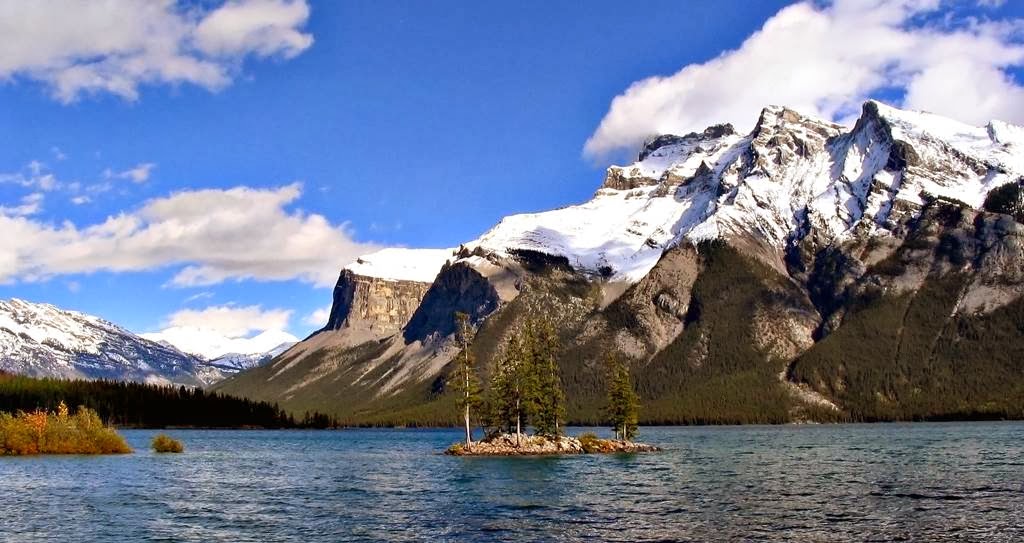Baker Lake is located inland, at
the mouth of the Thelon River, nearby to the geographic center of Canada. The
lake is famous for its arts and craft community and it is 320 km inland from
the west coast of the Hudson Bay in the Kivalliq Region of Nunavut. Several
distinguished studios and artist promoting crafts and arts i.e. Inuit Heritage Centre,
Jessie Oonark Center and art galleries. Baker Lake has rich natural resources
making significant impact on the economic development of local area, like
development of Meadowbank gold deposit, has already created several local jobs,
and more opportunities are increasing in the town at mine site approximately 70
kilometers from Baker Lake. The area community council vigorously looking
training programs for their residents for the assortment of jobs and business. The
Baker Lake area has seen main exploration projects in recent years,
particularly with gold, uranium and other minerals.
A number of major rivers,
including Thelon, the Kazan, and the Dubawnt, flow into Baker Lake. You can
explore the lake shores which tell a tale of early settlement and growth of a
community mixing tradition with high technology. The lakefront is well lined up
with several little sheds, used by inhabitants to store fishing gear, or winter
equipment. On the hills above the houses, you will see a large snow fence
installed to control drifting in the community itself.
There's the arena and community center,
the swimming pool, RCMP facilities, post office, schools and colleges and the
Health Centre. There’s a road winds north via rolling country towards White
Hills Lake. It's a lovely place to hike, and you may spot nesting loons, a
peregrine falcon, or caribou. The area at the mouth of the Thelon River has
always been an old-style gathering place for Inuit, for summer hunting and
fishing. The numerous groups travelled up the river systems in the area to
their winter hunting grounds. The Kazan River, in specific, was also very
important as a travel route and for hunting caribou. Several local outfitters proposed
trips to fish or see the sights of barren lands. The Baker Lake Hunters and
Trappers Organization are licensed to outfit sport hunts to visitors attracted
in hunting barren ground caribou and muskoxen.

















































